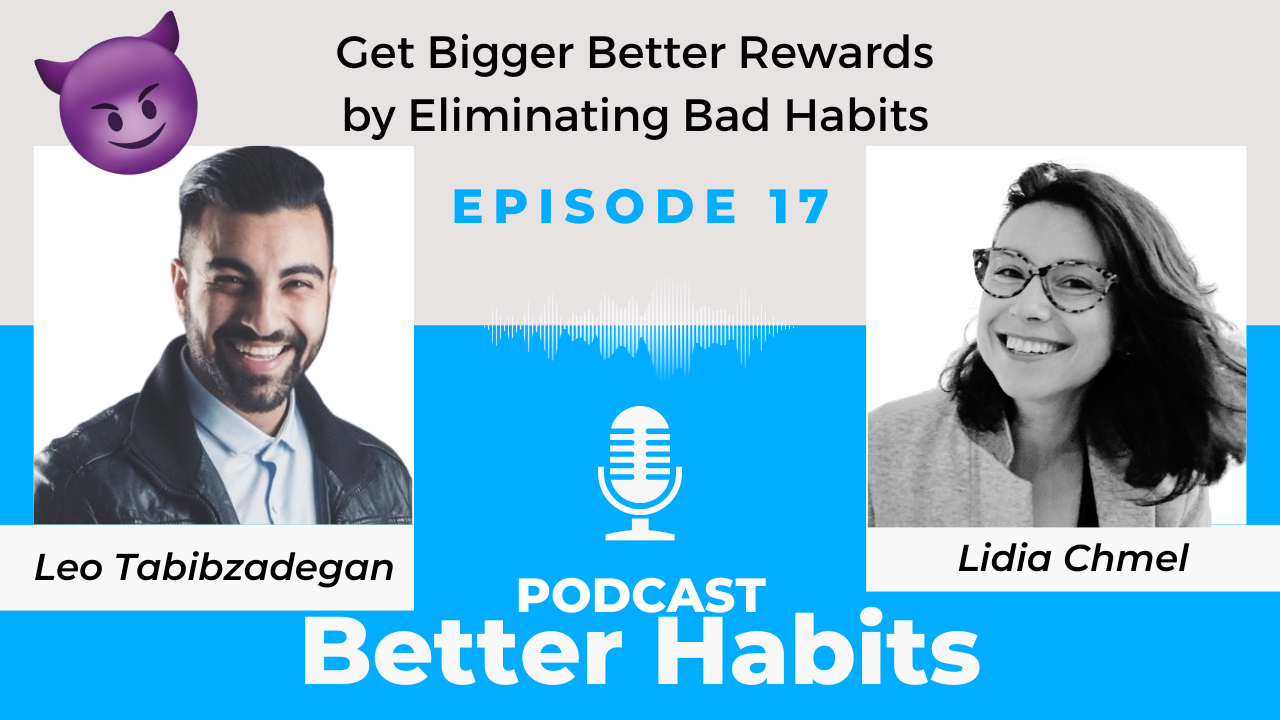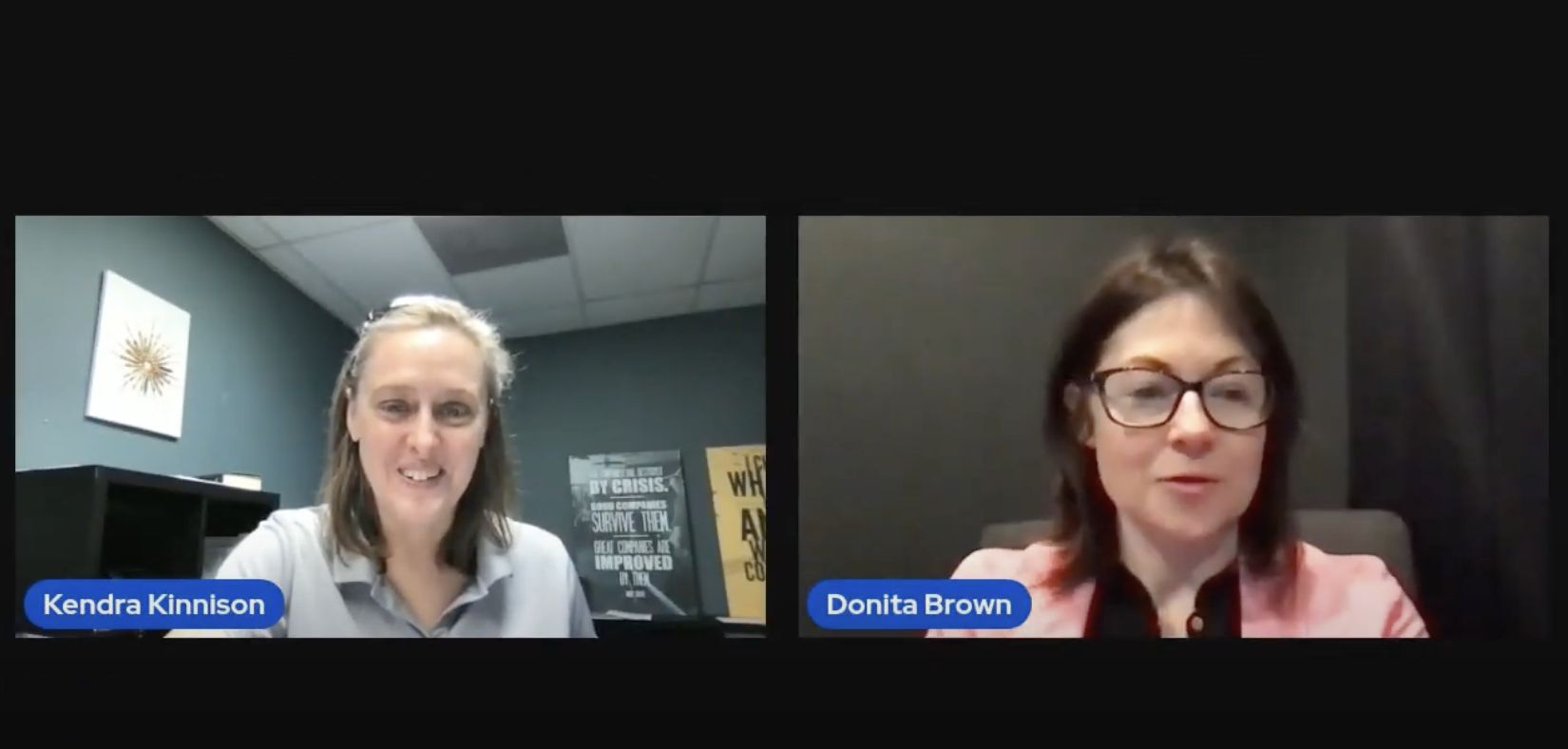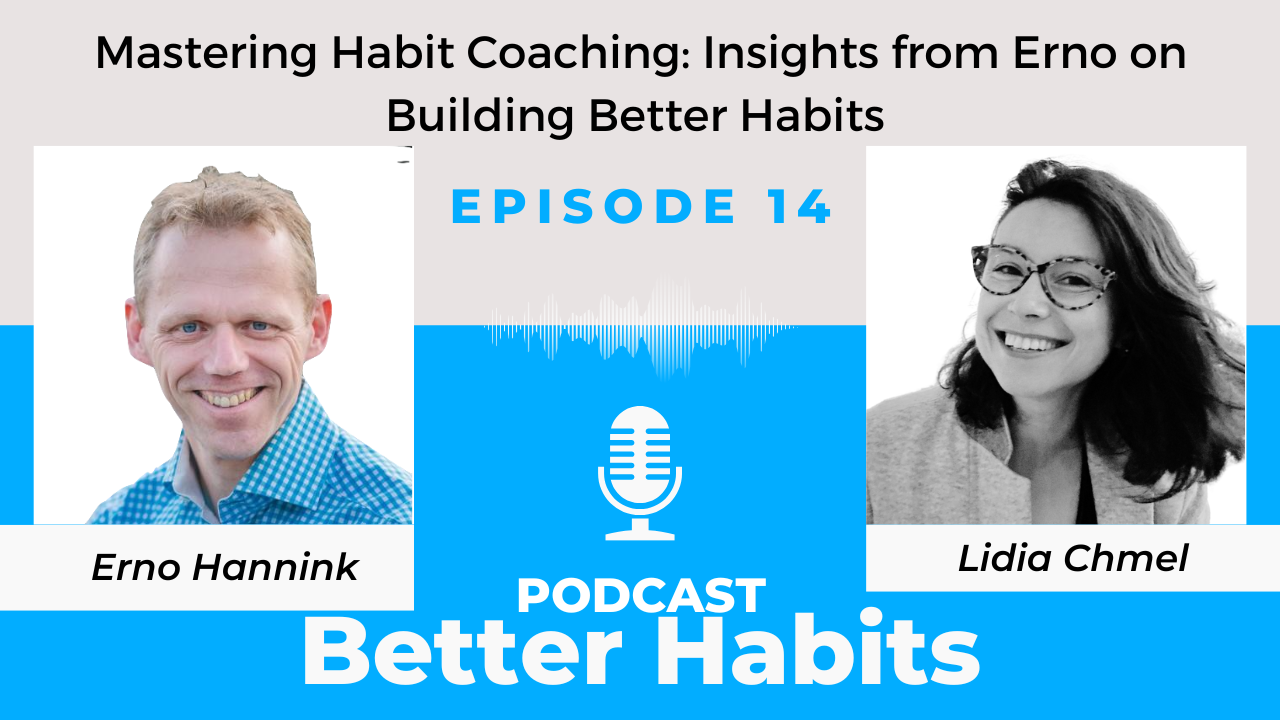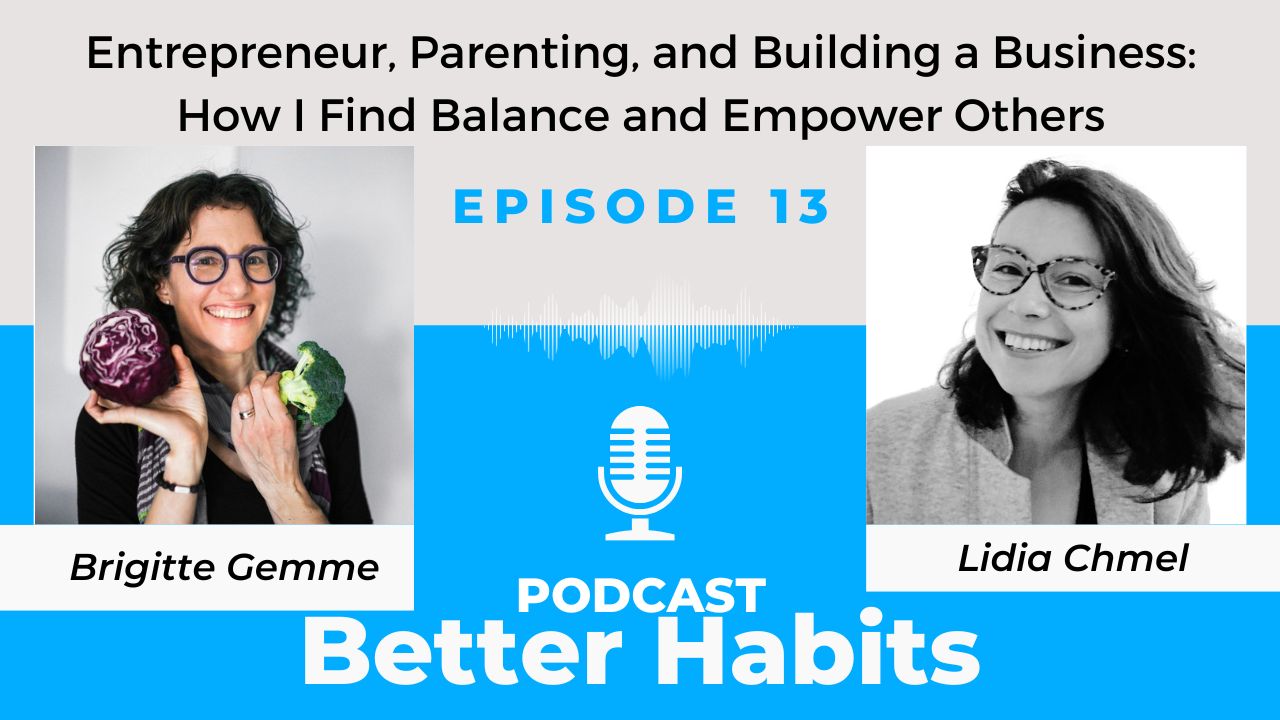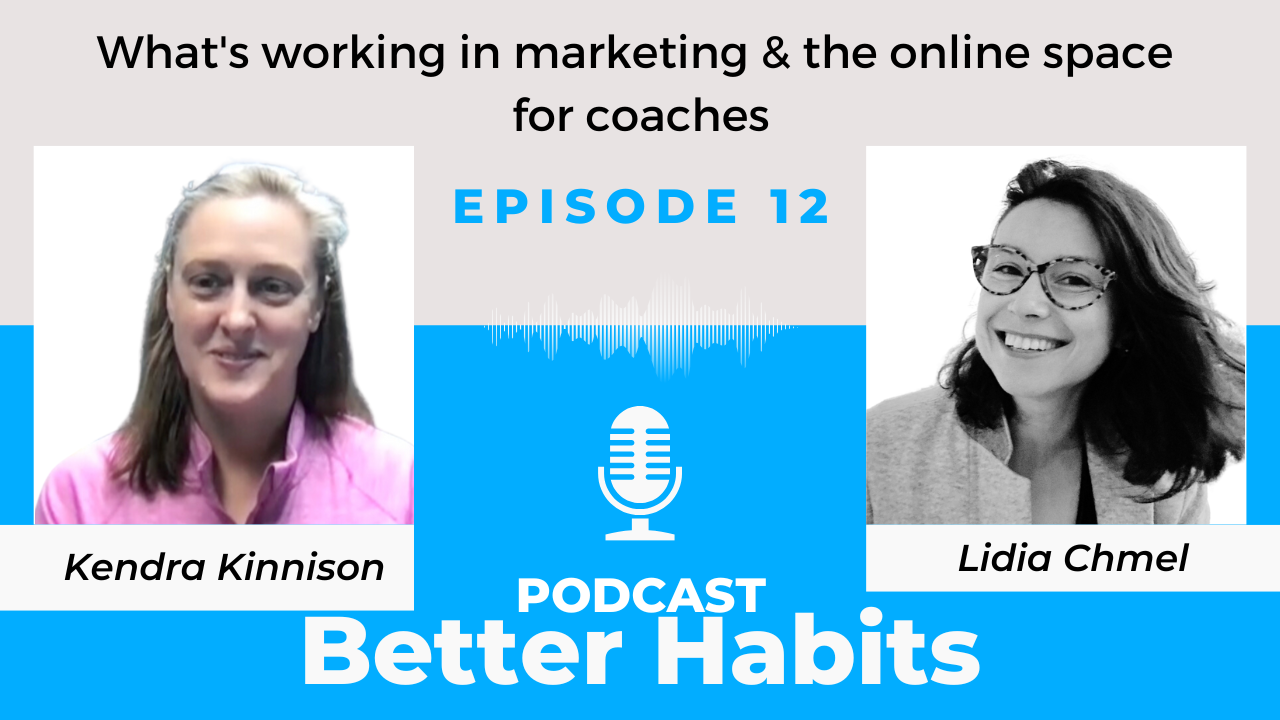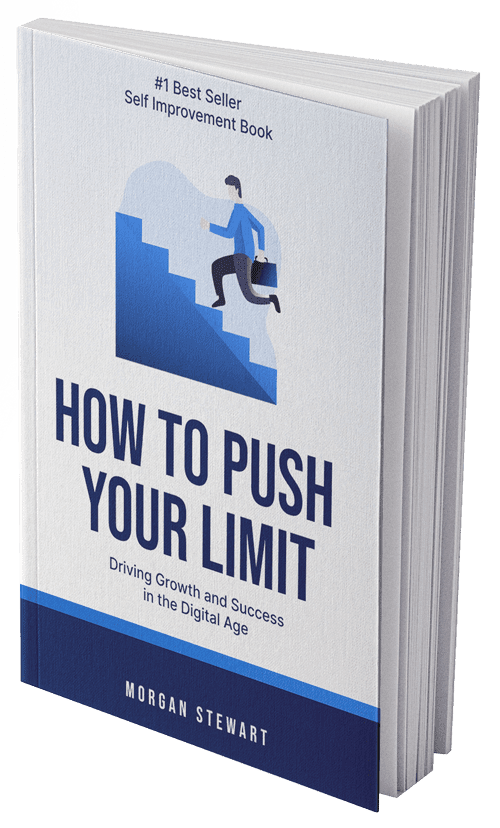In this article, we’ll cover an exercise you can use to become the best coach in the world for your ideal client.
Marketers call this category design.
The goal is to position your brand so that you’re not only the best option but, ideally, the only option.
This is best illustrated with an example.
The Best Trainer in the World
Imagine a group of trainers at a gym.
Some of them are better than the others.
Those good ones generally keep their clients longer, get more referrals, and make more money than the others.
And one of the trainers is the best in the gym.
That trainer is always getting the first pick of new clients and can work as many sessions as he wants.
It’s a good position to be in.
But let’s say this trainer tells the gym over they want a raise, or he is going to leave the gym.
The gym owner is going to say no because, from their perspective, the next best trainer is basically just as good.
That’s the problem with being the best — you’re still replaceable.
So, let’s say instead that one of the trainers is a former Cirque de Soleil performer.
And by combining Cirque performance techniques and yoga, she creates a class routine called Cirque de Yoga.
The local news covers it, Oprah drops into a class while in town, and hundreds of people sign up for it.
The trainer has created a situation where she is the only option.
She is the only Cirque de Yoga teacher.
Now she can call her own shots.
She can raise her rates.
And she can threaten to take the class to a different gym, or even rent her own space for classes.
The Power of Specialization
Everyone I’ve ever talked to resists specializing because they’re afraid it’s limiting.
And yet, specialization is a simple trick that can make you the best coach in the world — sometimes overnight.
Scott Adams, the cartoonist behind Dilbert, exemplifies the power of specialization.
He describes himself as a little funny, but clearly not the funniest guy in the world.
And he’s a little artistic, but not by any means a great artist.
But when he combined those two skills — a little funny and a little artistic — he became a great cartoonist.
What made him rich and famous, however, was writing a cartoon on a topic that no one else was covering: the absurdity of office work.
That’s category design.
Adams kept specializing until he was the best in the world.
He’s the undisputed #1 comedic cartoonist covering how meaningless office work feels.
Imagine if he instead had tried to cover every topic.
Or if he had tried to create a funny cat to compete with Garfield, or trouble-making boy to compete with Dennis the Menace.
That would only have led to competition with people who were already established and better than him.
What for Whom?
My favorite tool for finding your specialization is the “What for Whom” framework.
The way it works is that you answer “What for Whom” in a way that you are clearly the best coach in the world.
What kind of coaching do you do, and for Whom do you do it?
The “Whom” part is your ideal audience.
Your actual audience will always end up being broader.
But you should start by imagining yourself talking to a single type of person.
Here are a few great examples:
- Dilbert is funny comic strips for office workers.
- The Four-Hour Body is low-carb-diet for single men who like shortcuts.
- NerdFitness.com is fitness advice for nerds and average Joes.
Obviously, a lot of people who don’t work in an office read Dilbert.
A lot of married men and women do The Four-Hour Body diet.
And a lot of people who don’t consider themselves nerds use the advice from NerdFitness.
But by getting one type of person to love you, their enthusiasm will bring in other people, too.
How to Become the Best Coach in the World
Begin by describing the broad topic you coach, then use the questions below to narrow it down.
If you do several kinds of coaching, you have to pick one of them for this process.
Establish your demographics
What demographic is most attracted to your coaching, and why?
The specifics of that question is critical.
You are looking for clients who are attracted to you — not the other way around.
And you have to arrive at why.
It’s not enough to say, for instance, old people.
You have to understand why old people are attracted to your coaching.
Pinpoint your demographic!
- Are they men or women? Is there certain energy you give off that makes you more attractive to one than the other?
- How old are they? Are they in their youth, early career, later career, or retired?
- Are they more attracted by science or spirituality? This is a huge dividing line in the marketplace.
- Do they want money or meaning? Are people coming to you to get rich and establish their worth or to find meaning and make an impact beyond themselves?
- How are they motivated? Are they looking for motivation or ideas? Do they want to be challenged or inspired?
- When do people hire you? What is going on in their lives when they decide to start looking for a coach?
Take a deep breath!
If you’re like most coaches, this is going to be hard.
Your first attempt will most likely not feel very sharp.
Take a deep breath, and know that this is normal.
Focus your topic
It’s time to become the best coach in the world at what you do!
- Where are you the most useful? Out of everything you coach in your general topic, what is most helpful to, and desired by, your audience?
- What might your “What for Whom” statement look like? Create multiple versions based on what you have so far. Start with a terrible one (I’m serious), so you don’t get bogged down in perfection.
Once you have 3-5 “What for Whom” statements, ask other coaches for feedback.
One of these is going to become…
Your #1 Coach Statement
At Coach.me, we run Marketing Bootcamps to help coaches get coaching clients.
Here are a few “#1 coach statement” examples from our first Bootcamp:
- A life coach ended up stating, “I help fatherless men in their 30s find their life purpose.”
- A diet, fitness, and productivity coach said, “I coach mindfulness as a way to lose weight.”
- A creativity coach went from, “I coach creativity habits” to “I help people turn their creative hobby into a business.”
Now, it’s your turn!
What will be your unique specialty? What kind of coaching will you do, and for whom will you do it? And what will your #1 coaching statement be?
Answer these questions, and you’ll be well on your way to becoming the best coach in the world.
Not for everyone, but for your ideal coaching client.
And that’s all you need to build a thriving coaching business.
Did You Like This Article?
If so, you’ll love our step-by-step guide on How to Get Coaching Clients in 2020 (coming soon!).
Download it now to create your unique coaching offer, attract your ideal clients, and ensure a steady flow of new customers.

